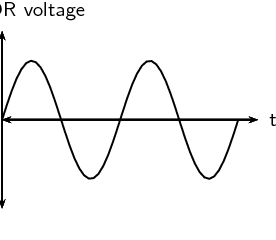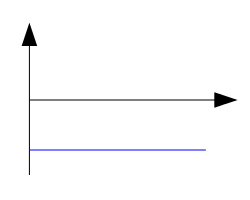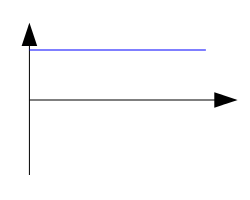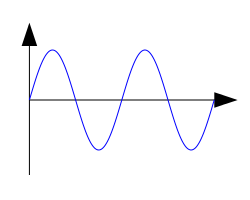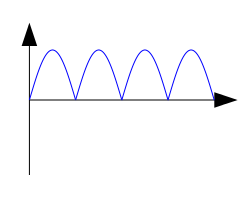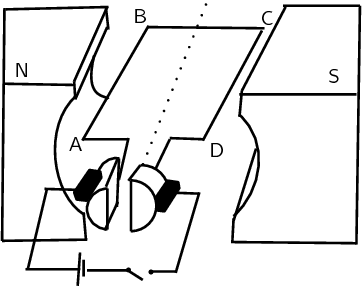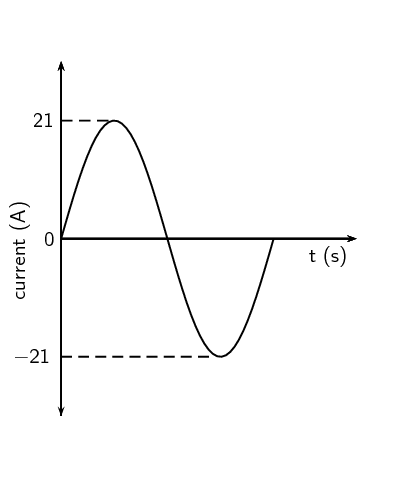Explain the advantages of alternating current.
- Easy to be
transformed (step up or
step down using a
transformer).
- Easier to
convert from AC to DC
than from DC to AC.
-
Easier to generate.
-
It
can be transmitted at
high voltage and low
current over long
distances with less
energy lost.
-
High
frequency used in AC
makes it suitable for
motors.
Which of the following graphs correctly shows the current vs. time
graph for an AC generator?
For an alternating current generator, the current vs. time graph is a
sine wave and alternates between positive and negative values.
For a direct current generator, the current vs. time graph is the
absolute value of a sine wave and does not alternate between
positive and negative values.
The correct answer is C.
Write expressions for the current and voltage in an AC circuit.
\begin{align*}
i & = I_{\max}\sin(\text{2}πft+φ)\\
v & = V_{\max}\sin(\text{2}πft)
\end{align*}
Define the rms (root mean square) values for current and voltage for
AC.
The root mean square is the value that we use for AC and is what it's
DC equivalent would be.
\begin{align*}
I_{rms} & =\frac{I_{\max}}{\sqrt{\text{2}}}\\
V_{rms} & =\frac{V_{\max}}{\sqrt{\text{2}}}
\end{align*}
What is the frequency of the AC generated in South Africa?
In South Africa the frequency is \(\text{50}\) \(\text{Hz}\)
If \({V}_{\mathrm{\max}}\) at a power station generator is
\(\text{340}\) \(\text{V}\) AC, what is the mains supply (rms
voltage) in our household?
\begin{align*}
V_{rms} & = \frac{V_{\max}}{\sqrt{\text{2}}} \\
& = \frac{\text{340}}{\sqrt{\text{2}}}\\
& = \text{240,42}\text{ V}
\end{align*}
Given: \(I_{\text{max}}\) is \(\text{10}\) \(\text{A}\)
Calculate the rms (root mean square) current to two decimal places.
\begin{align*}
I_{\text{rms}} & = \frac{I_{\text{max}}}{\sqrt{\text{2}}}
\end{align*}\begin{align*}
I_{\text{rms}} & = \frac{\text{10}\text{ A}}{\sqrt{\text{2}}} \\
& = \text{7,07}\text{ A}
\end{align*}
Therefore \(I_{\text{rms}}=\text{7,07}\text{ A}\)
\(\text{7,07}\)
Given: \(V_{\text{max}}\) is \(\text{266}\) \(\text{V}\)
Calculate the rms (root mean square) voltage to two decimal places.
\begin{align*}
V_{\text{rms}} & = \frac{V_{\text{max}}}{\sqrt{\text{2}}}
\end{align*}\begin{align*}
V_{\text{rms}} & = \frac{\text{266}\text{ V}}{\sqrt{\text{2}}} \\
& = \text{188,09}\text{ V}
\end{align*}
Therefore \(V_{\text{rms}}=\text{188,09}\text{ V}\)
\(\text{188,09}\) \(\text{V}\)
Draw a graph of voltage vs time and current vs time for an AC
circuit.
The graph is the same for both voltage and for current:
